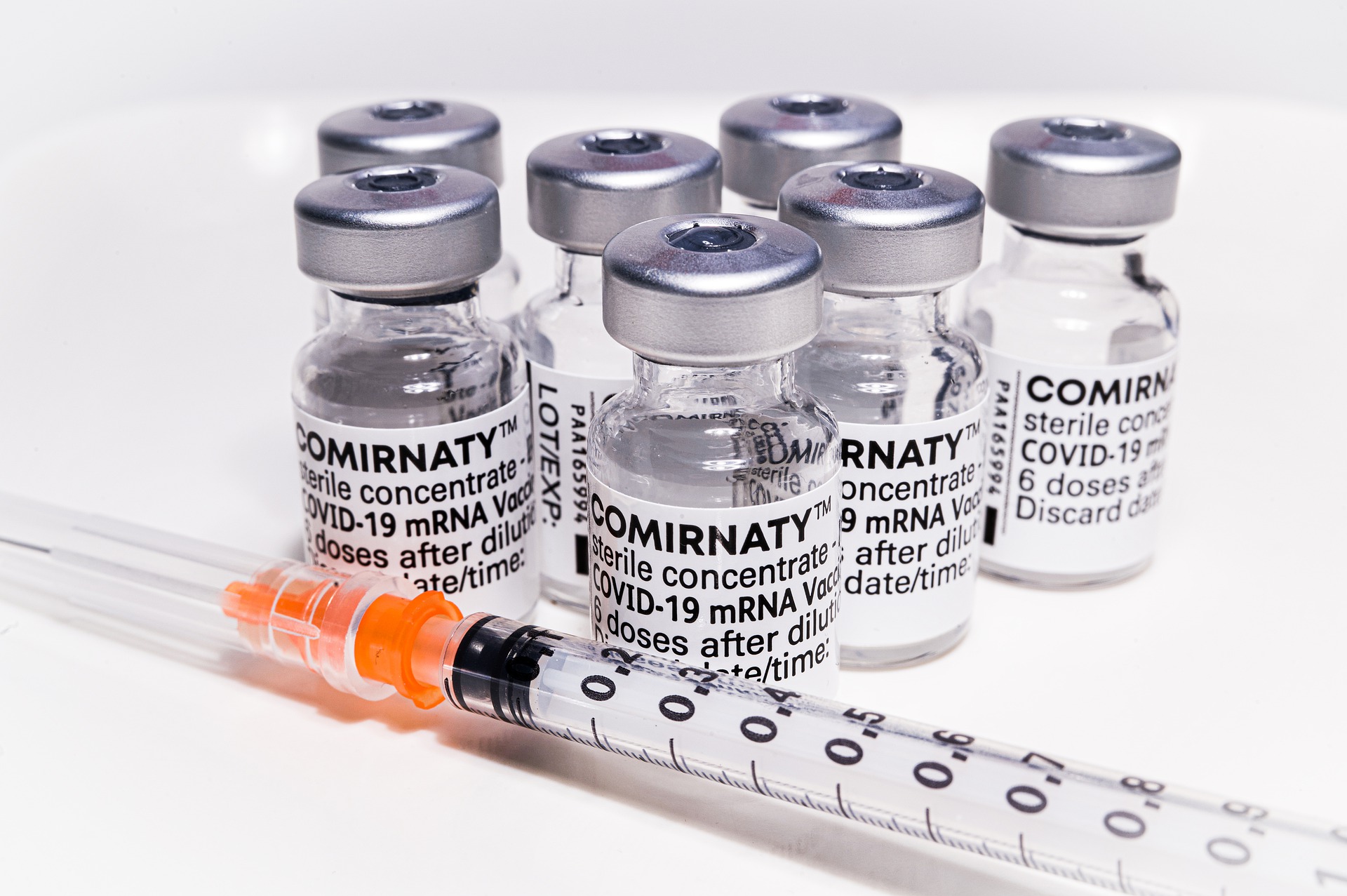Expert Reaction
These comments have been collated by the Science Media Centre to provide a variety of expert perspectives on this issue. Feel free to use these quotes in your stories. Views expressed are the personal opinions of the experts named. They do not represent the views of the SMC or any other organisation unless specifically stated.
There is, at present, no evidence that it is plausible for mRNA from the COVID-19 vaccines to be integrated into human DNA, at least not in the sense that it would represent a significant medical problem with mRNA vaccines.
Why this qualification? As the saying goes, 'absence of evidence is not evidence of absence'. The way mRNA vaccines work makes it exceedingly unlikely that this will occur in patients. That is not to say that - after vaccination of billions of people, each harbouring trillions of cells, which in turn each contain a human genome - the number of such integration events can be predicted to be exactly zero. But even if such events did rarely occur, the chances of it having a detrimental effect on the individual are extremely low. Thus, this issue will likely be of negligible consequence to human health, whether on the individual or population level, especially in contrast to the very real harm done by the global pandemic.
The origin of this concern, as circulating on social media, seems to have been in part a broader suspicion against nanotechnology. However, in the mRNA vaccine context the term ‘nano’ simply refers to the tiny size of fat-like droplets that the mRNA is encapsulated in for delivery into cells.
The more reputable trigger was a scientific study, first published on a pre-print server and then as a substantially revised, peer-reviewed article in the scientific journal PNAS (https://doi.org/10.1073/pnas.2105968118). The study was motivated by reports that very rarely patients scored positive for genetic material from SARS-CoV-2 virus long after they stopped being infectious and had recovered from COVID-19. Although SARS-CoV-2 is an RNA virus that replicates itself without integrating into the DNA of the host genome, the authors hypothesised that these ‘persistent positive’ cases could be caused by rare events where cells integrated small fragments of viral RNA into their genome.
They used an experimental setup with cultured human cells that were more likely to permit such ‘inadvertent integration’ and sensitive high-throughput sequencing technology. This then produced evidence consistent with their hypothesis. Their work is now rigorously discussed and also independently tested within the scientific community. There have now been at least two studies (https://doi:10.1128/JVI.00294-21; https://doi.org/10.1101/2021.03.05.434119) presenting evidence that the very detection technology used could be to blame for the generation of hybrid human-viral sequences during the analysis, rather than events that had occurred in the cells.
It must also be considered that the mRNA vaccine is quite dissimilar to the full-length SARS-CoV-2 RNA. The vaccine only represents a fragment of the SARS-CoV-2 RNA, encoding the viral spike protein, which is embedded into the otherwise very distinct mRNA design. Thus, it cannot be assumed that an mRNA vaccine and the full virus would have access to a similar route, if it indeed existed, to enter into the human genome.
Professor Nigel McMillan is the Director in Infectious Diseases and Immunology at Menzies Health Institute Queensland, Griffith University
We know the certain viruses such as HIV are able to insert their RNA into the human genome but only after they have converted it into DNA. This is accomplished via a virus enzyme called reverse transcriptase – an enzyme humans don't have. So, the upshot is we don't have a way for mRNA vaccines to be inserted into our genomes. So, current vaccines are safe. However, there was a recent very controversial paper in the Proceedings of the National Academy of Science [PNAS] (here https://www.pnas.org/content/118/21/e2105968118) claiming this was possible. The scientific consensus is that this work is preliminary, not proven, and likely an artifact of the experimental process rather than a real finding. The claims have not been replicated by other researchers at this stage.



 Australia; QLD; ACT
Australia; QLD; ACT


